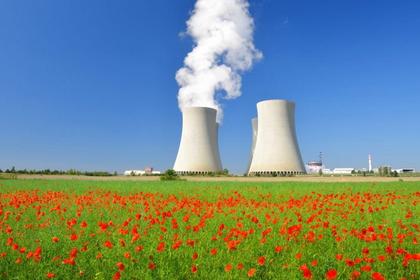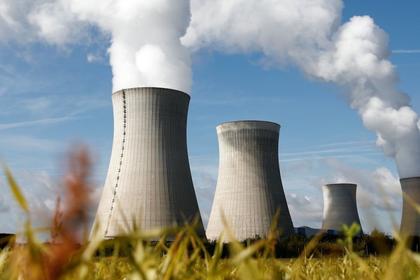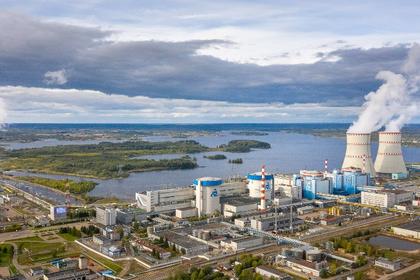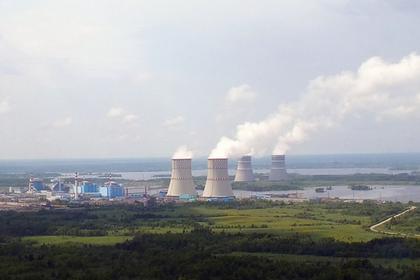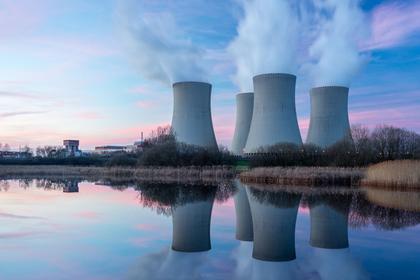
NUCLEAR FOR HYDROGEN PRODUCTION
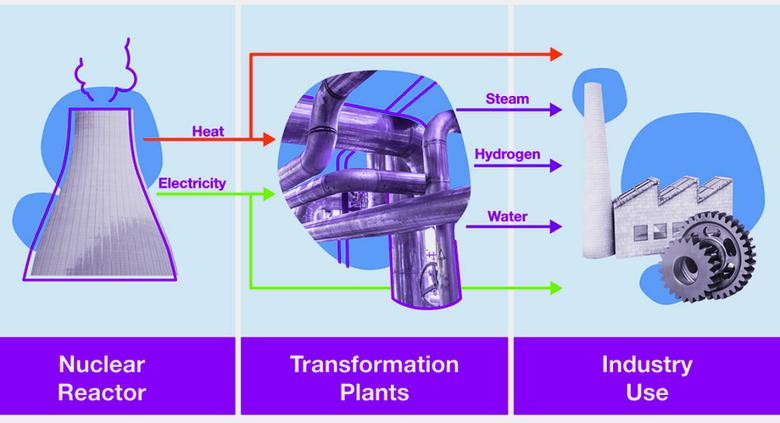
IAEA - DEC 22 2021 - Several countries have come together at the IAEA to discuss their plans for developing and deploying advanced High Temperature Gas Cooled Reactors (HTGRs) to help decarbonize hard-to-abate sectors such as industry and transport and achieve a successful energy transition to net zero by 2050.
The three-day meeting of the IAEA’s Technical Working Group on Gas Cooled Reactors (TWG-GCR) took place just before China announced on 20 December that it had connected to the grid a High Temperature Gas-Cooled Reactor Pebble-Bed Module (HTR-PM). This is the first of two such small modular reactor (SMR) units being deployed at the Shidao Bay Nuclear Power Plant in eastern China. With cores comprised of graphite pebbles and specially designed fuel particles, these reactors can operate at temperatures of up to 750° C, providing low-carbon heat for industry and greater efficiency compared with traditional reactors.
Experts from the 14 countries belonging to the TWG-GCR—which since 1978 has reviewed the IAEA’s work on these reactors, assessed knowledge gaps and advised the Agency on initiatives and activities—met virtually on 13-15 December to discuss the global development of gas cooled reactors. In focus were HTGRs of the SMR type and the role they can play in ushering in the low-carbon hydrogen economy, which could make a major contribution to achieving net zero emissions.
“Nuclear power is one of the most promising approaches for efficient, massive and CO2-free hydrogen production,” said Mikhail Chudakov, IAEA Deputy Director General and Head of the Department of Nuclear Energy. “High temperature gas cooled reactors are considered to be the most suitable reactor type for nuclear hydrogen production.”
Several countries are interested in advanced HTGRs, which can achieve very high fuel utilization rates, with the potential to provide not only low carbon cost-effective electricity but also high-temperature process heat that can be used for various applications. Some 20 designs of modular HTGRs are at different stages of development, with China’s HTR-PM furthest along after its first unit was connected to the grid and its second module achieved first criticality last month.
The potential for using HTGRs for producing clean hydrogen was highlighted by a recent IAEA study, which showed that they would provide one of the most cost-effective means of production when natural gas prices rise to levels well above those generally seen over the last decade, as has been the case recently in the European Union, the United Kingdom and parts of Asia.
Other industrial processes that rely on heat from fossil fuels but could shift to using low carbon HTGRs include seawater desalination, heating for buildings and process heat for industry, refining, and synthesis gas production.
TWG participants provided updates on their national HTGR plans, particularly SMRs.
China, for example, plans to connect its second HTR-PM unit to the grid in the coming weeks. After the HTR-PM demonstration operation, China expects to move on to commercialization sometime after 2030 of the HTR-PM600, which will consist of six reactor modules and one steam turbine generating 650 MWe.
In the United Kingdom, the government confirmed in December it will build an HTGR as the centerpiece of its $225-million Advanced Modular Reactor Research, Development & Demonstration Programme.
Poland, which currently generates 70% of its electricity from coal, is looking into the possibility of deploying HTGRs to provide low-carbon heat for industrial processes such as chemical production alongside its plans for large water cooled rectors for electricity generation.
The Japan Atomic Energy Agency (JAEA) on 30 July successfully resumed operation of its High Temperature Engineering Test Reactor (HTTR) at the Oarai Research Institute after more than a decade offline following the 2011 Fukushima Daiichi accident. The JAEA has plans to conduct a range of tests using the HTTR and is also looking to have a demonstration operation of hydrogen production using the HTTR up and running by 2030.
Gas cooled reactors represent about 3% of the total number of reactors in commercial operation worldwide – all of them carbon-dioxide gas cooled reactors in the UK that will be phased out around the mid-2020s. HTGRs currently under development use helium as a coolant rather than water, the most common coolant in the existing reactor fleet.
IAEA role
The IAEA facilitates the development and deployment of HTGRs through Nuclear Energy Series publications and by sharing knowledge and experience through coordinated research projects, meetings and groups such as the TWG-GCR as well as the Agency’s ONCORE Platform, which provides free access to computer codes to support research, education and training for the analysis of advanced power reactors.
“HTGRs have great potential to help the world to decarbonize hard-to-abate sectors, but some areas still need to be fully addressed if they are to be broadly deployed,” said Stefano Monti, Head of the IAEA’s Nuclear Power Technology Development Section. “These areas include advanced high temperature materials, the regulatory framework, safeguards and waste management for new fuels, and economics.”
-----
Earlier:
